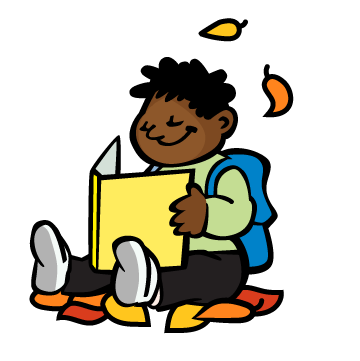Boston Children's Museum
308 Congress Street, Boston, MA 02210
617-426-6500
© Boston Children’s Museum 2025
Website Design by JackrabbitChildren will have their own special associations with summer and all that the season brings us. For the Mashpee Wampanoag Tribal Nation in Massachusetts early summer brings warmer weather and the harvesting of some of the first fruits of the year…especially strawberries. Try all of these summer Thanksgiving activities, and you and your students can share in Mashpee Wampanoag traditions and celebrate the strawberry harvest too!
Read the story ahead of time so that you are familiar with it. Print out the stories so you can read them to your students.

Ask your students what they think of when they think of the summer. Are there any special foods that they like to eat in the summer?
If your students are not familiar with the current tribes in Massachusetts, read Introduction to the Wampanoag People by Annawon Weedonto them (see below). Having a map of Massachusetts and Rhode Island might help to show children some of the places mentioned in the story.
After reading this story to them, ask them if they think the Mashpee Wampanoag people are still here as a nation. If they say “no,” point out parts of the story that reinforce the fact that the Mashpee Wampanoag people are still alive and still exist as a nation. You can also mention that members of the nation have created authentic activities to share with schools and afterschools around the country, some of which they will try.
“Introduction to the Wampanoag People” by Annawon Weeden, (Mashpee Wampanoag)
“Wampanoag (womp-u-nuck) translates in the English language to mean “People of the dawn” or “People of the first light.” This describes the people who inhabit the region now known as southeastern Massachusetts and eastern Rhode Island. The exact boundaries varied from the time the Wampanoag first settled in this region roughly 12,000 years ago to the present day. The northern border of Wampanoag territory is the North River around the area now known as Marshfield, Massachusetts. Our southwest border was the body of water now referred to as Narragansett Bay in what is now known as Rhode Island. Cape Cod and the nearby islands, both Nantucket and Martha’s Vineyard, are also within our territory, making the Atlantic Ocean our eastern boundary. We see ourselves as the first to greet the sun on this continent known as America today, thus our name: “people of the first light.” Everything we need for our lives comes from Turtle Island, our name for the land on which we reside. The land has changed quite a bit—but our traditions continue, as you will have a chance to experience in these activities.”
Also read the “Wampanoag New Year” story below:
“Strawberry Thanksgiving” by Annawon Weeden, (Mashpee Wampanoag)
“Early summer brings warmer weather and some of the first fruits to be harvested. The arrival of the strawberry, which grows in great abundance throughout our area, is a sample of things to come. Native people would often gather large harvests of these berries and have feasts with various dishes made from the strawberry and other ingredients. This first harvest festival, held in warm weather (which was something to give thanks for in itself) was called “Strawberry Moon Harvest Festival”. Different Native groups would have different names for this celebration, as well as different types of games, feasts and entertainment.
The Strawberry Moon Harvest held in Dovecrest, Rhode Island consists of traditional dancing in regalia, strawberry “johnnycakes” and other festivities. The annual “Patuxet Strawberry Thanksgiving” at Plimoth Plantation continues to celebrate this harvest with “mishoon”, or boat races, a traditional football game, as well as feasting and dancing. This festival continues to be a highly anticipated gathering when many communities come together to celebrate and most important, to give thanks for the Strawberry Moon Harvest.”
After your students have heard the story, have a quick discussion with them. What are some of the things that happen at the Strawberry Moon Harvest Festival? This discussion should last no more than 5 minutes.
What are some activities your students like to do in the summer? Make a list of the kinds of things they look forward to doing. You can also share these featured books with your students: Jingle Dancer by Cynthia Leitich Smith; Clambake by Russell Peters; and The First Strawberries by Joseph Bruchac. Check out the resources below for even more information.
After hearing the stories, have your kids try the Strawberry Bread activity from this curriculum.
Resources
Curriculum:
Websites
Books